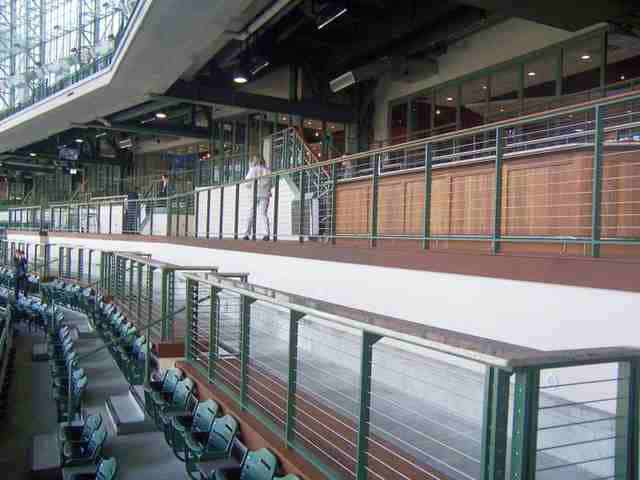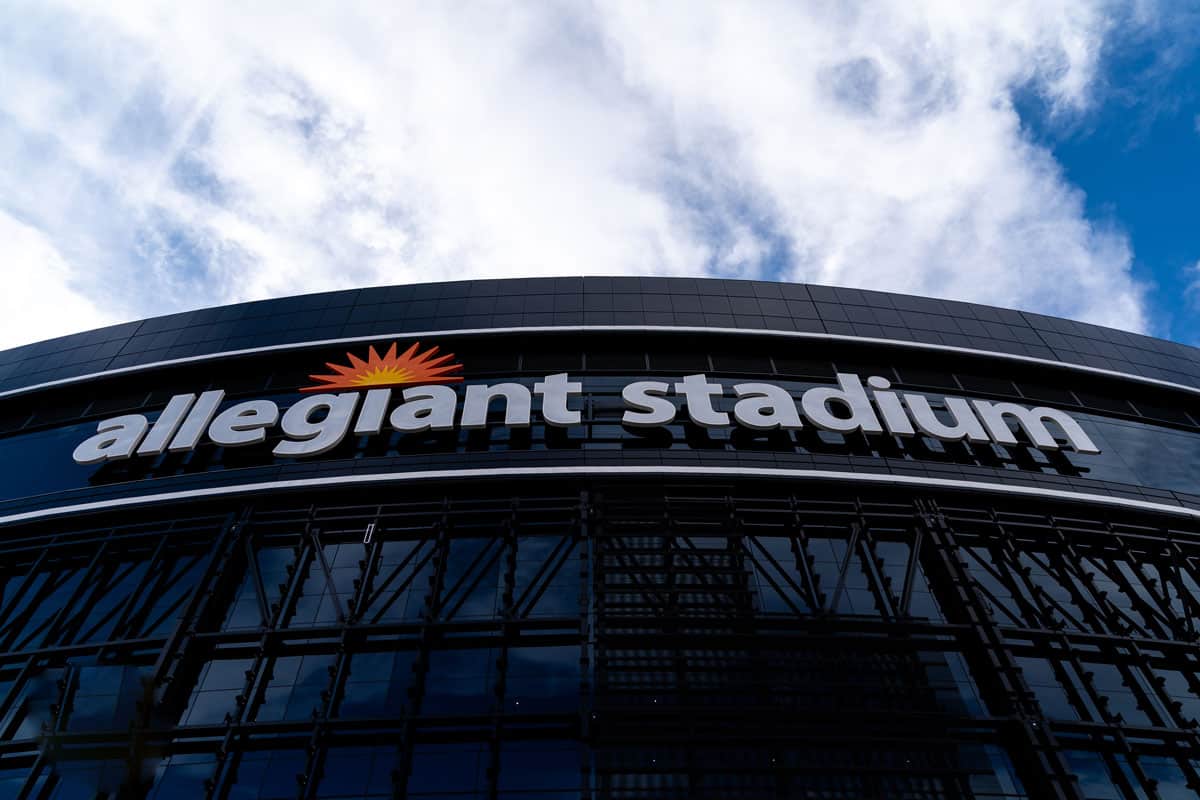The new $1.8 billion architectural marvel, Allegiant Stadium includes thousands of feet of Ultra-tec cable rail.
You can’t blame long-time NFL football fans of the Raiders for feeling waves of wonder, awe, and delight when they enter the team’s new 65,000-seat Las Vegas stadium.
The one reaction Keith Robinson, the project’s design team lead, probably didn’t expect are tears.
Robinson is a director for Kansas City, Kan.–based Manica Architecture. The firm worked in partnership with the architect of record, HNTB Corporation, on the just-completed $1.8 billion Allegiant Stadium. “When Las Vegas Raiders fans experience the passion that went into designing and building this stadium, it’s bound to stir very powerful emotions,” Robinson says. “It’s a tribute to the owner’s vision. There are many legacy moments. It also connects the team’s future. It’s well-rounded and thoughtful.”
The Manica team is ideally suited for this project. Their credits include an elite global roster of sport and entertainment venues, including Wembley Stadium and the O2 Arena in London; the Chase Center in San Francisco; the Mercedes-Benz Arena in Shanghai; Stadio Cagliari Calcio in Sardinia; and Nuovo Stadio Milano in Milan. The work of the firm demonstrates how form and function connect to deliver unforgettable experiences.
Reimagined Fan Experience
And what a vision. The sleek, futuristic black-and-silver cladded stadium represents a new chapter in the fan experience. Take loge seating. “We imagined these seats like international business class plane seat,” says Robinson. “What amenities would a ticket-holder expect? Bigger lounge seats with padded armrests and phone charger, of course. We also added a refrigerated compartment stocked with pre-ordered drinks along with a personal monitor in front of each seat with integrated television.”
The word connections come up a lot in discussing the stadium: Connections between fans and action on the field; with the team’s storied history; with the allure of the Vegas Strip, visible to fans through an immense, retractable window.

Enhanced Aesthetic
That spirit of connection pervades every detail of the project. Take railing infill, for example: While glass infill for railings isn’t an unusual sight, “… you don’t use them everywhere. There are certain areas where you need them, other areas where you don’t. Glass can create distracting reflections,” Robinson says.
One way to minimize distractions and maintain maximum connection is with cable rail infill. “It blends right in,” Robinson says. “We lean on cable rail in many contemporary settings because detailing is so important in modern design. Cable rail enhances the aesthetic.”
Architectural Cable Rail
Allegiant Stadium incorporates tens of thousands of feet of 1/4-inch-thick cable rail. The project’s cable rail subcontractor and commercial construction fabrication firm, Raydeo, turned to a supplier with its own portfolio of stadium work, G&F Southeast Distributors of Peachtree City, Ga.
“We’ve supplied cable rail for arenas and stadiums in St. Louis, Jacksonville, New Orleans, and elsewhere—including the new Mercedes-Benz Stadium in Atlanta,” says G&F co-founder Don Goddard. The company supplies cable rail from Ultra-tec, a leading U.S. manufacturer that specializes in architectural-grade cable rail, free of sharp edges, uneven hand-crimped shanks, exposed nuts, and other coarse effects.
Meanwhile, Robinson looks forward to one day experiencing a packed Allegiant Stadium rocking with 65,000 screaming Raiders fans, though it’s not likely going to happen this season, due to COVID-19. “The seating bowl is very tight to the field. It’s going to be a tremendous atmosphere. It’s going to be very loud,” he smiles.
Ready to add stainless-steel cable rail infill and fittings to your next project? Contact us at 800-851-2961 or info@ultra-tec.com.
Photography by Matt Aquirre/Las Vegas Raiders


Recent Comments